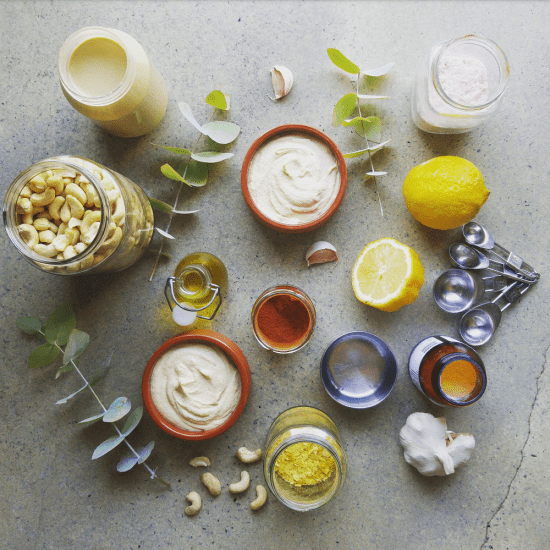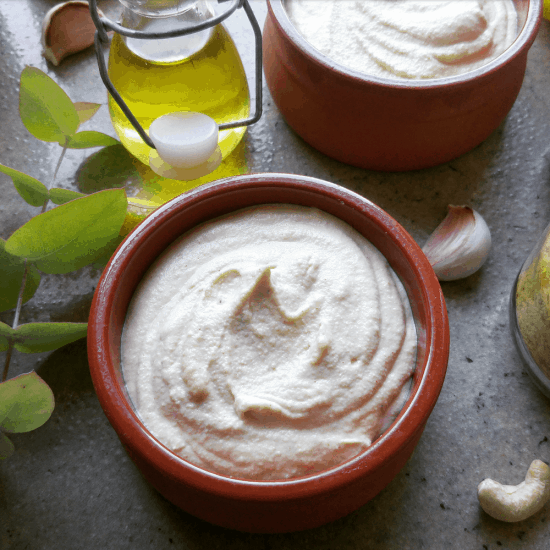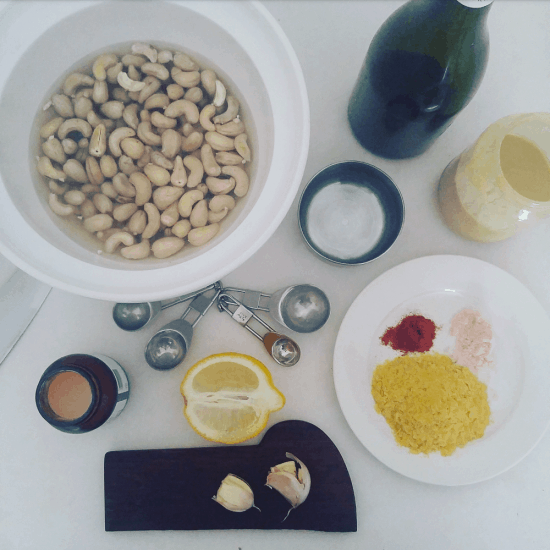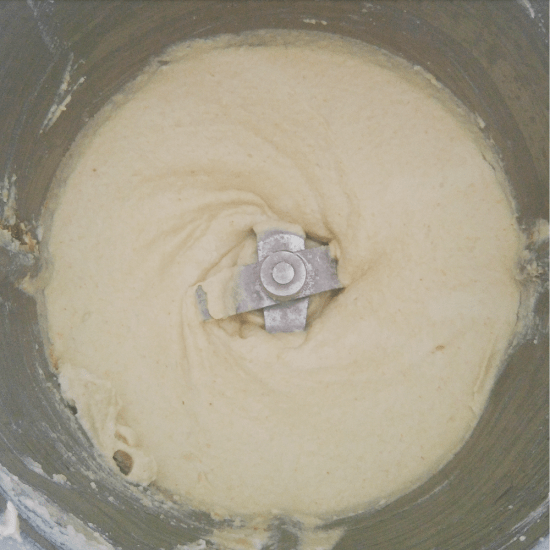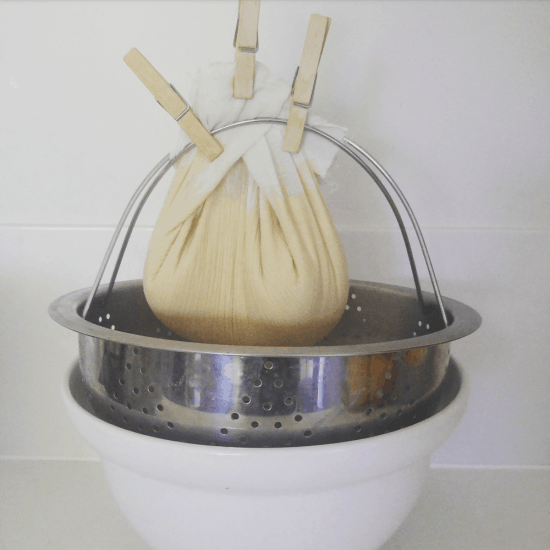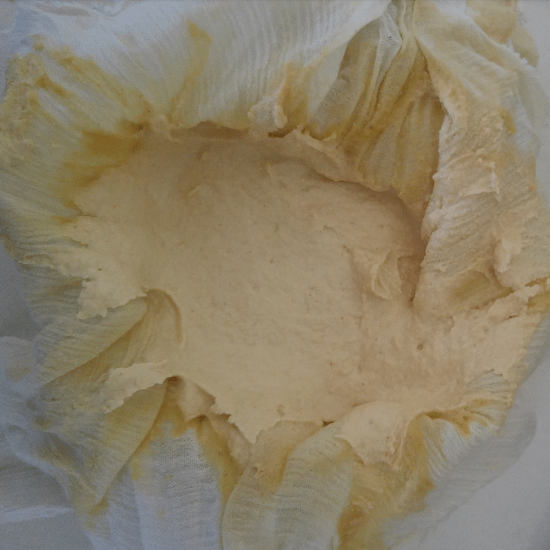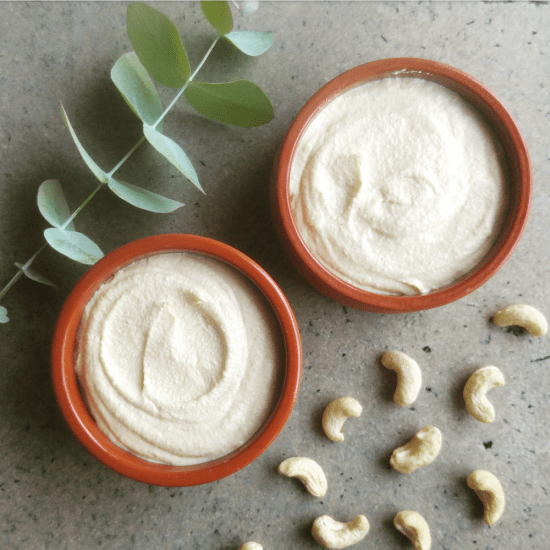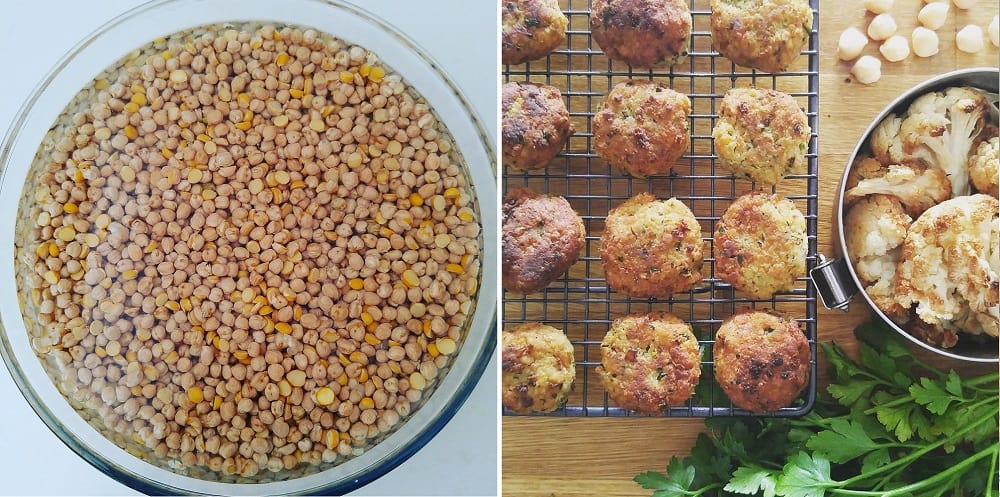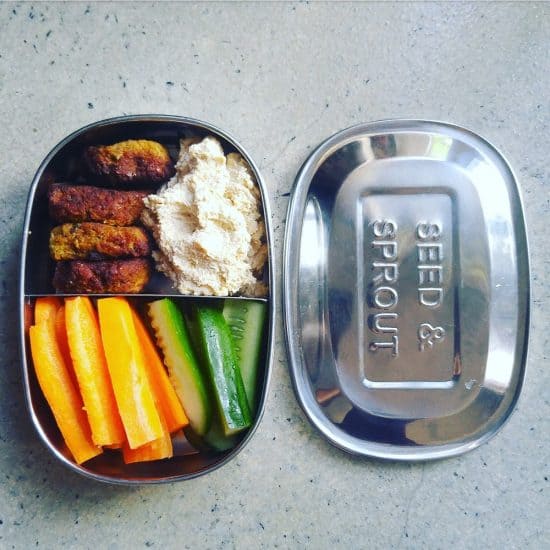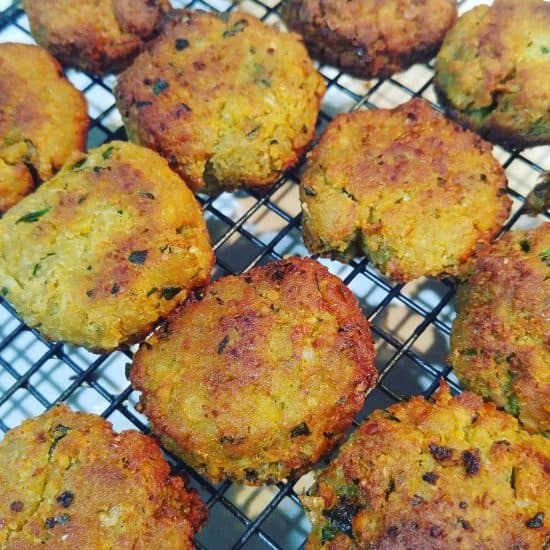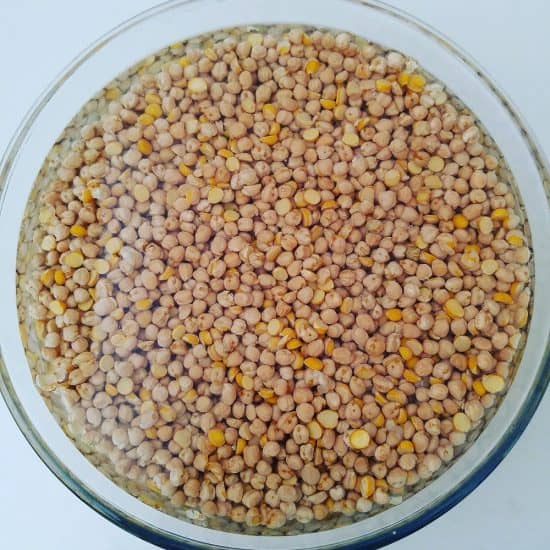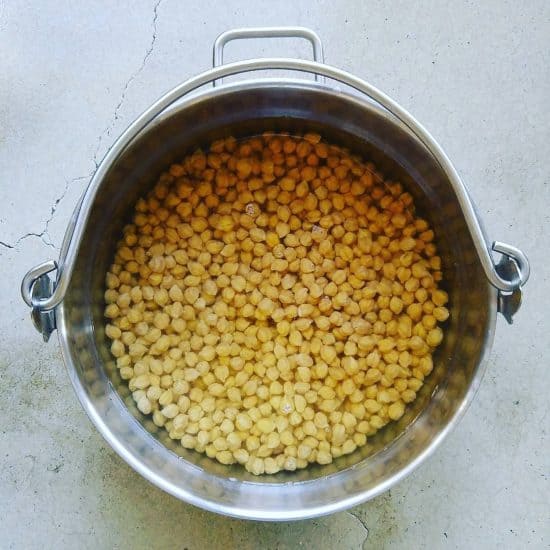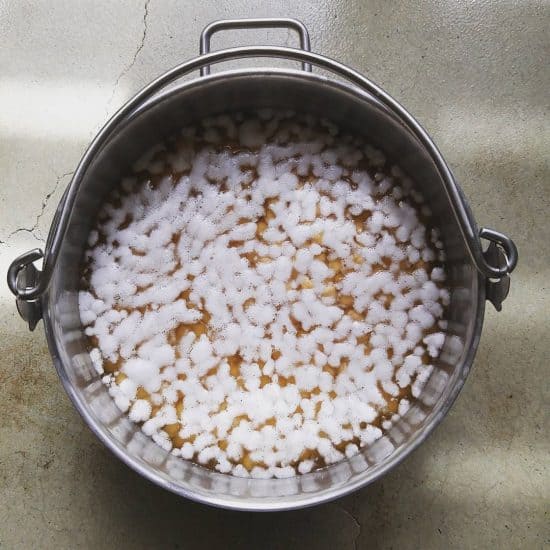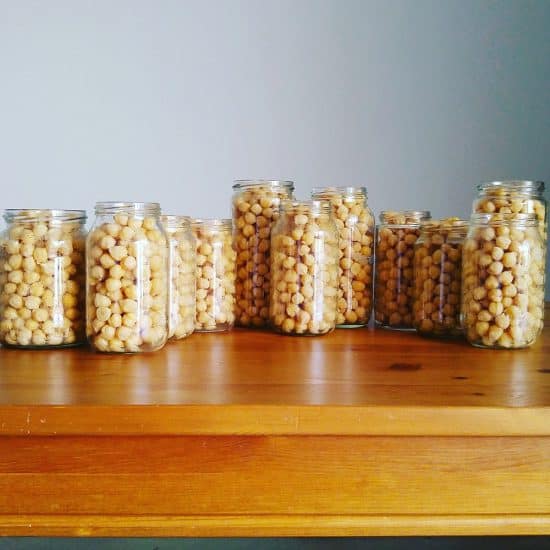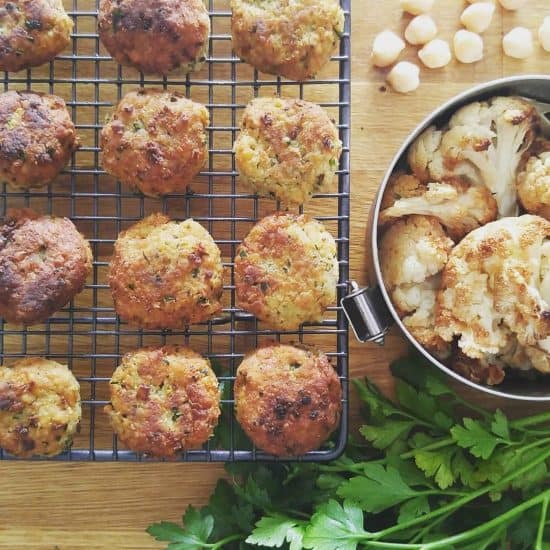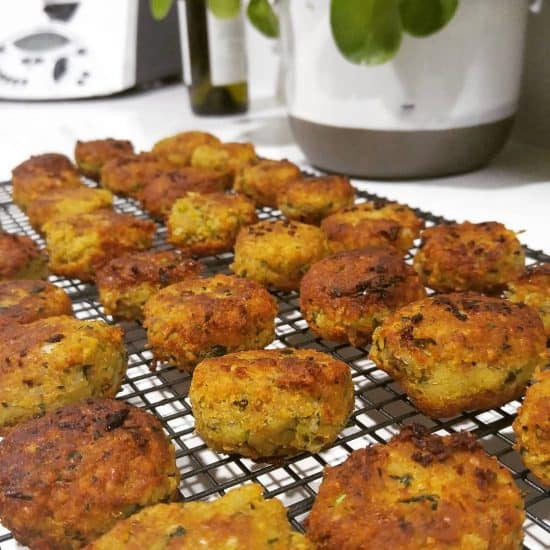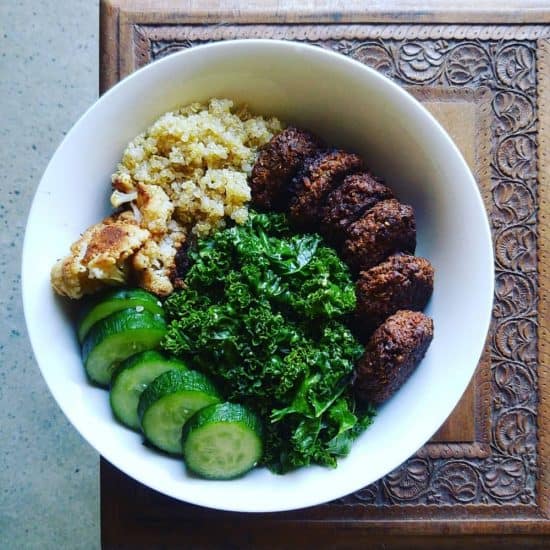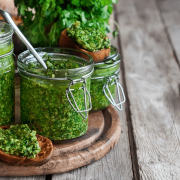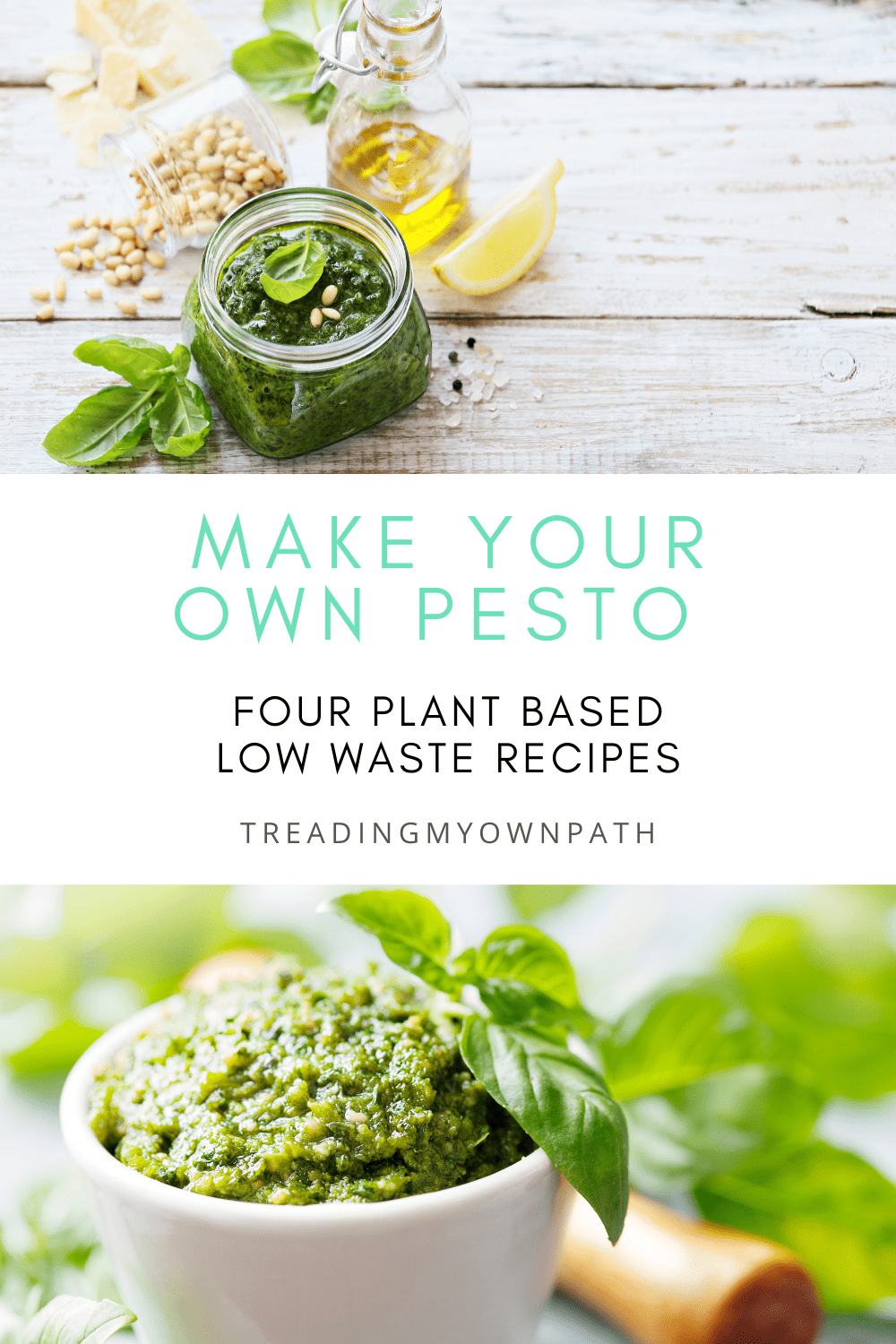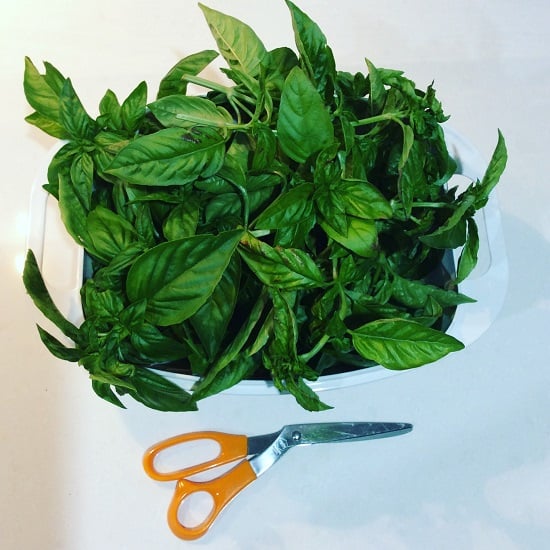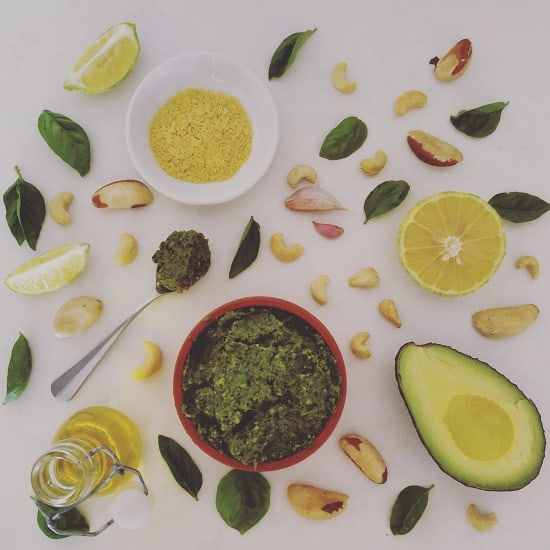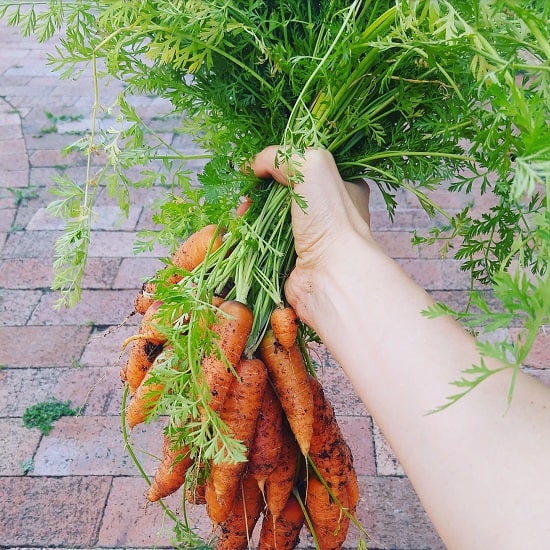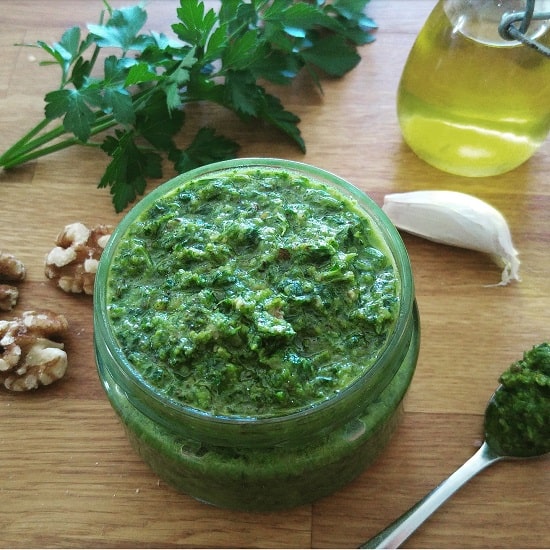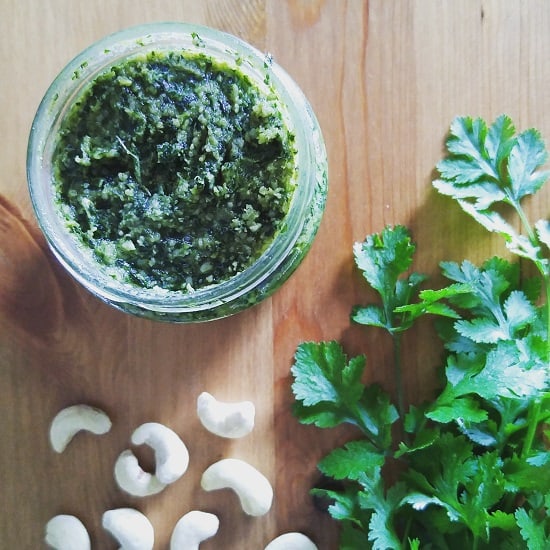Zero Waste Kitchen: A Recipe for (Don’t Laugh) Mung Bean Bread
Have we got all of the sniggers out of the way? Great. Yes, mung bean bread sounds a little… well, silly. It was my sister who first raved about it to me, and what can I say? I laughed and dismissed it. Mung bean bread?
Then, several months later, as I was lamenting what to do with all the mung beans in the pantry, she said again – make mung bean bread.
And I did, and it was delicious. So delicious that it has now become a staple, in fact.
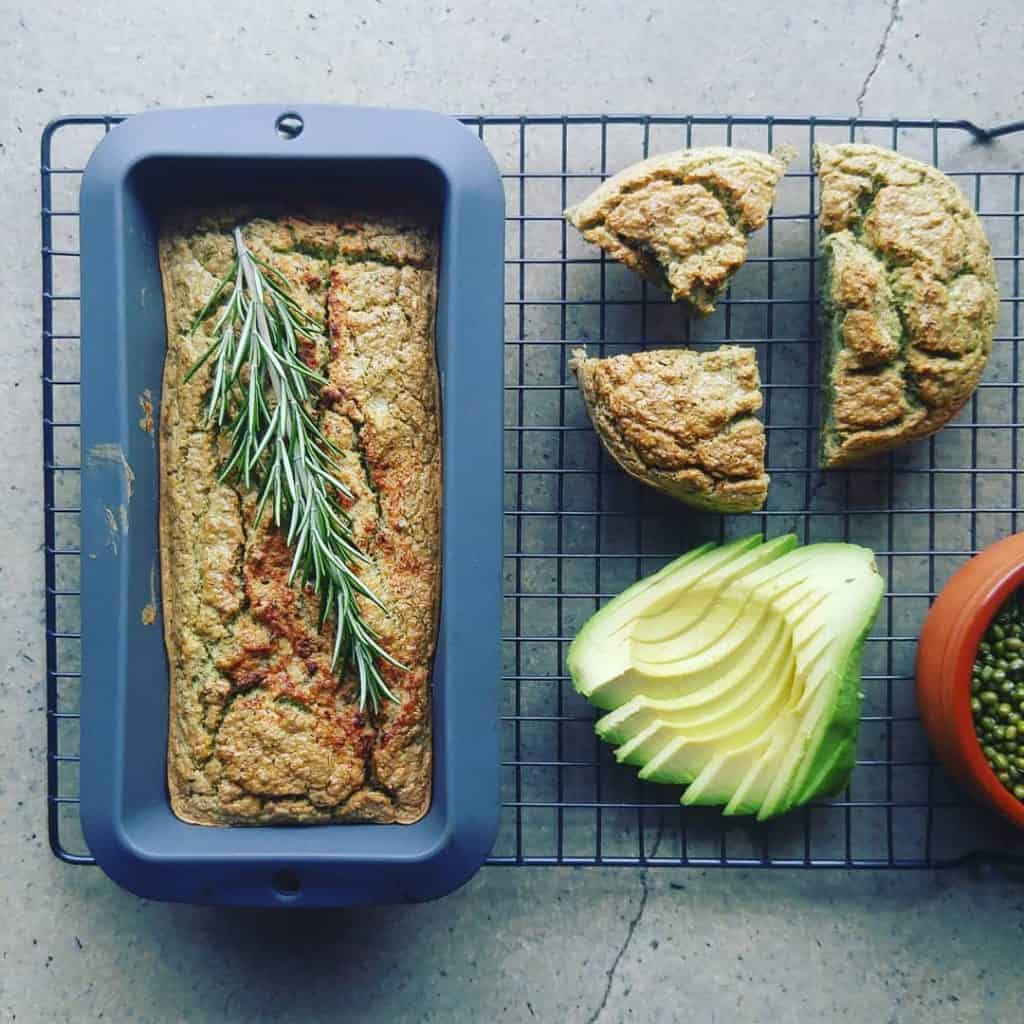
I wanted to share the recipe with you because not only is it delicious (and good for you, and very affordable – mung beans are one of the cheapest legumes), but because it is always fun to do interesting things with regular ingredients.
Food is always an education. There’s always something new to learn. And when we learn, it is always fun to share.
The bulk stores are packed full of curious ingredients, which we often don’t buy because we have no idea how to cook them. Or we buy, and make the one recipe we know.
I’ve actually never cooked with mung beans before this. I sprout them, to make beansprouts. So making bread from mung beans was a revelation to me.
I think it serves as a great reminder to never judge food by its appearance (or a recipe by its name), and to always be willing to try new things.
And with that… mung bean bread!
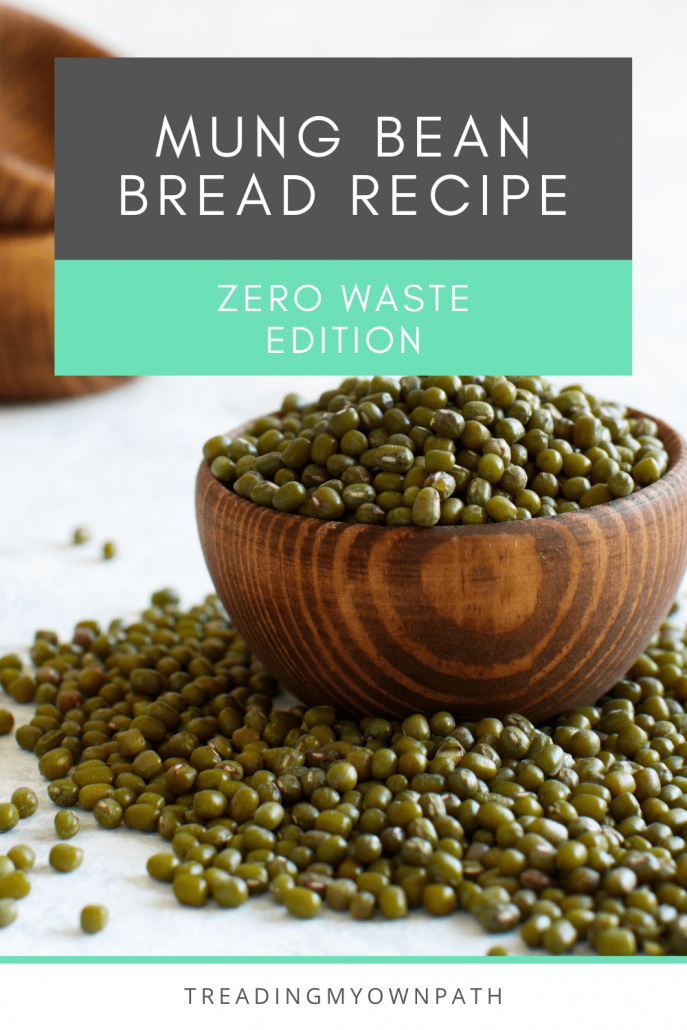
Mung Bean Bread: A Recipe
This recipe is adapted from one by Jasmine Hemsley from her cookbook (which my sister owns and loves). I’ve chosen fresh ingredients over dried, missed out a few things with unpronounceable names – I decided if I didn’t know what they were, they weren’t worth including! – and tweaked how I prep it.
You’ll need to soak the mung beans for a good while before you make the bread (I’ll cover this in a sec), but once the soaking is done it’s pretty quick from there.
Ingredients:
- 250g mung beans (sometimes called moong beans)
- 1 small clove garlic, finely chopped
- 1 tbsp chopped rosemary
- 2 tbsp olive oil
- 120ml warm water
- 1/2 tsp bicarb/sodium bicarbonate/baking soda
- 1/2 tsp salt
- Juice of 1 lemon
Method:
First, place the mung beans in a bowl and cover with plenty of water, and leave at room temperature. They will start to swell pretty quickly. Soak the mung beans like this for at least 24 hours – when you start to notice little bubbles of gas, change the water. I soak mine for closer to 48 hours.
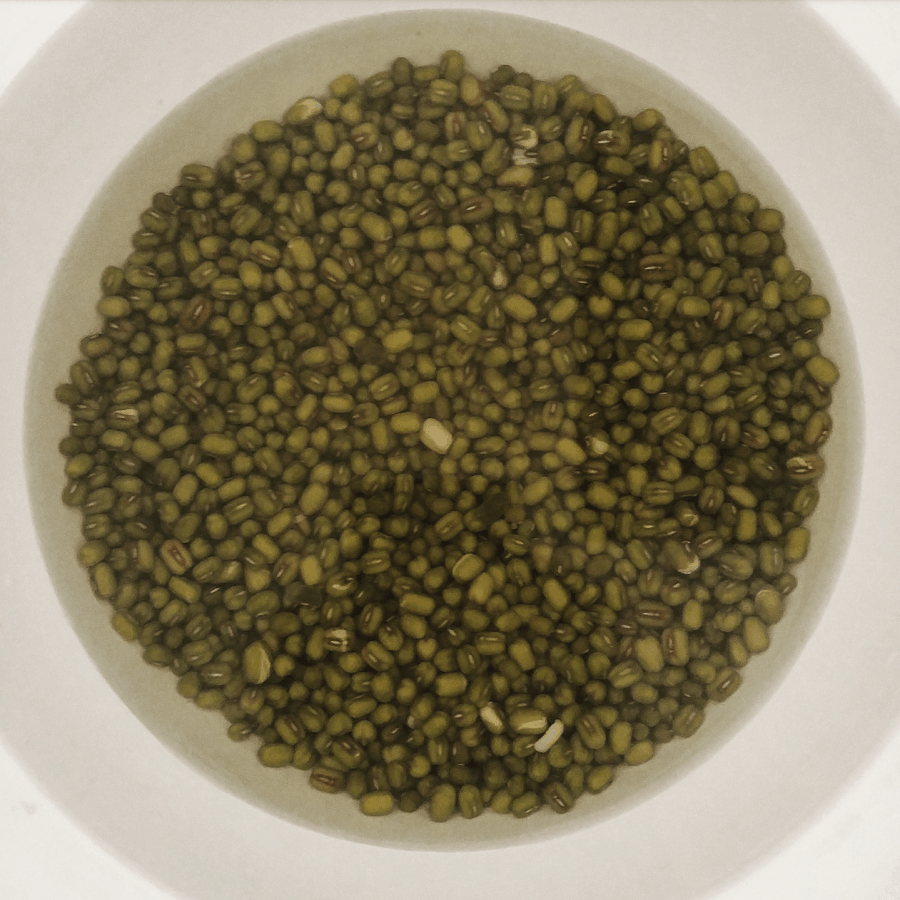
Next, drain and rinse and then place is a blender. Bonus points for picking out the unsprouted still-hard beans – there will be a few. Add finely chopped garlic and rosemary, and blend until a paste.
Now pre-heat the oven to 180°C. I use a silicone loaf tin and muffin cases which don’t need lining or greasing, but if you’re using regular bakeware (a round 20 cm tin or a loaf tin are ideal) line with paper or grease to the max.
In a separate bowl, mix together the warm water, olive oil, salt and bicarb. Finally, add the lemon juice – it will fizz as soon as it is added. Stir quickly, pour into the blender and mix with the mung bean paste. Pour the mix into the prepared baking tins and pop in the oven.
Bake for 30 minutes or until the top is golden.
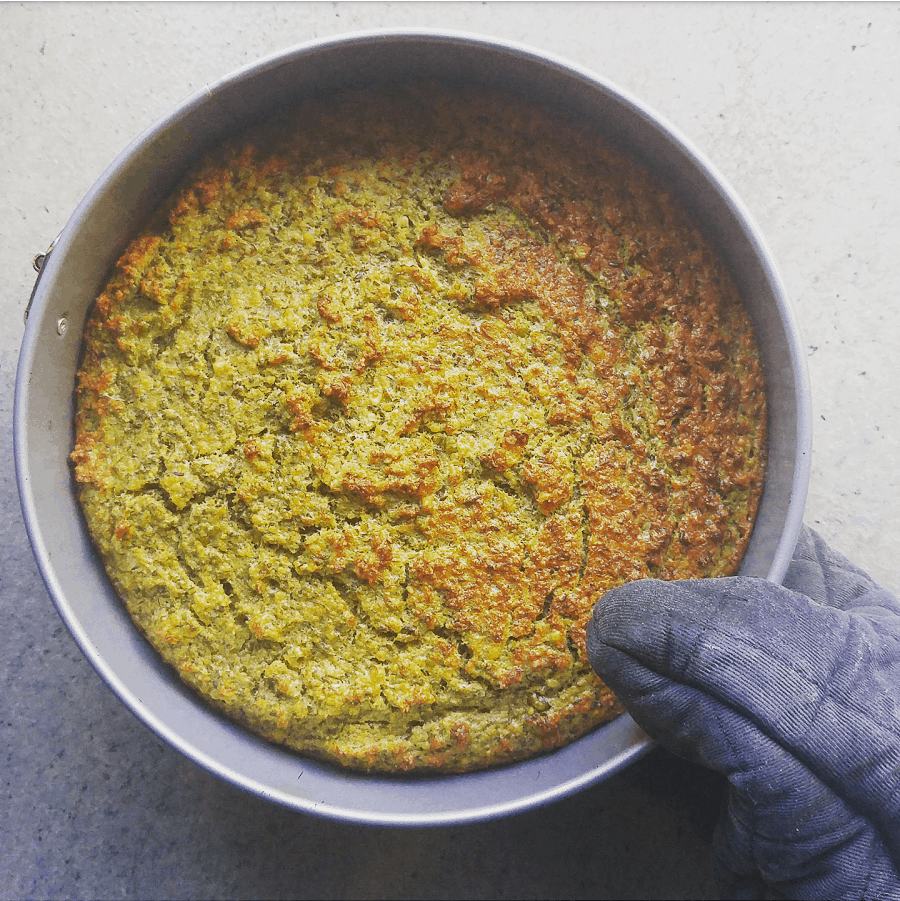
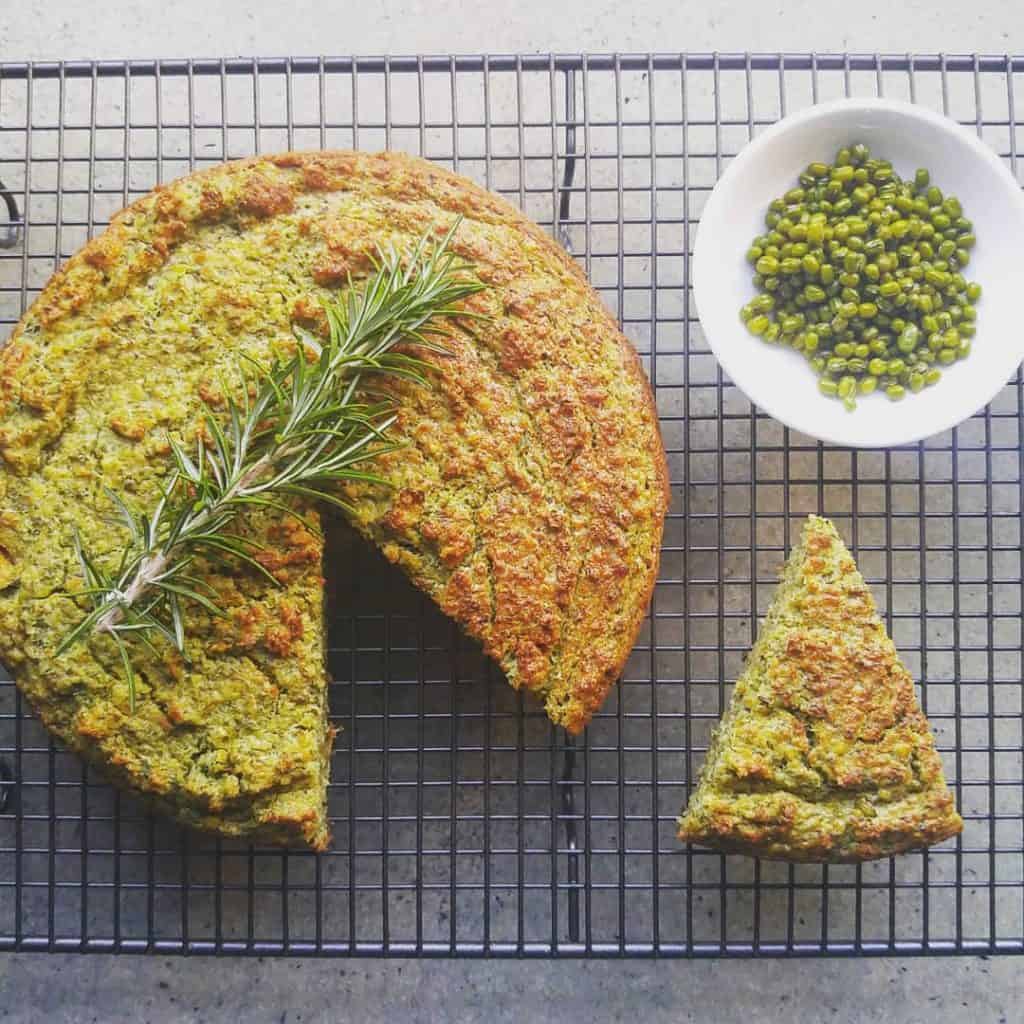
This bread tastes best straight from the oven and within the first 24 hours, but will keep for 3-4 days. Serve warm, but store in fridge after the first day.
A Variation: Adzuki Bean Bread
I pretty much believe that recipes exist to be tweaked and experimented on. I was really keen to see if something similar to mung bean bread can be made with other types of beans.
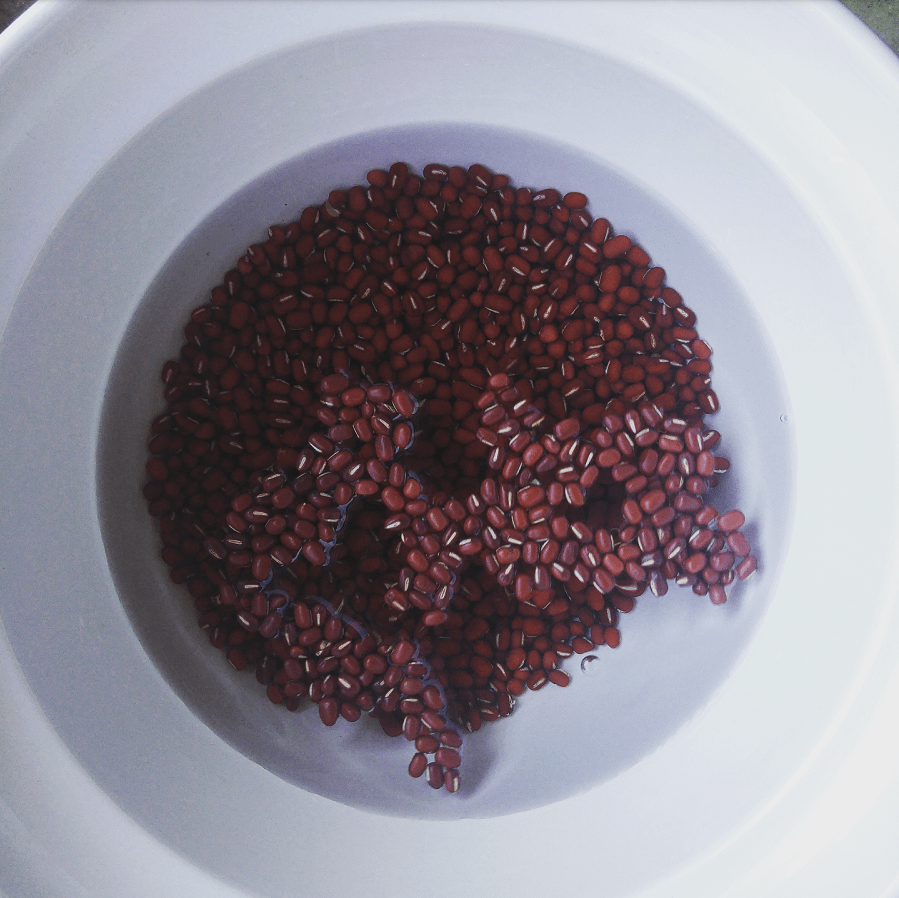
Adzuki beans are little red beans a bit larger than mung beans. It turns out, they take far, far longer to soak. Mine took 4 days to sprout. On the plus side, their sprout success rate is was 100%, so no picking the hard ones out.
Aside from increasing the soaking time, the other ingredients and timings were unchanged. The resulting bread had a glorious purple hue.
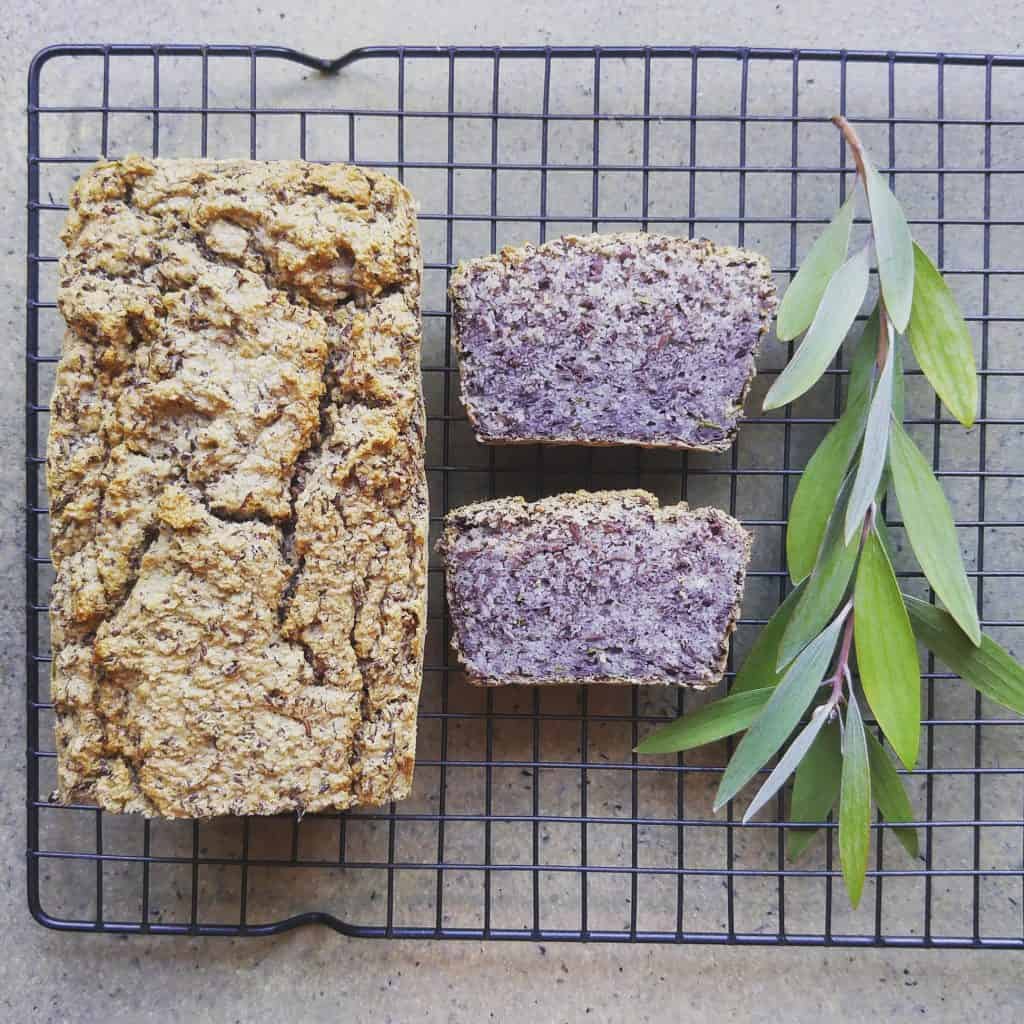
As with mung bean bread, tastes best on the first day, but will keep for up to four days.
Now I’d love to hear from you! Do you have any go-to mung bean recipes? If so, I’d love to hear them! What about any – it-doesn’t-sound-like-it-should-work-but-it-does recipes? Hit me with the weirdest (in a good way) things you’ve come across. Or, if your stuck with an ingredient, let’s see if we can come up with some ideas. Share your thoughts below!




